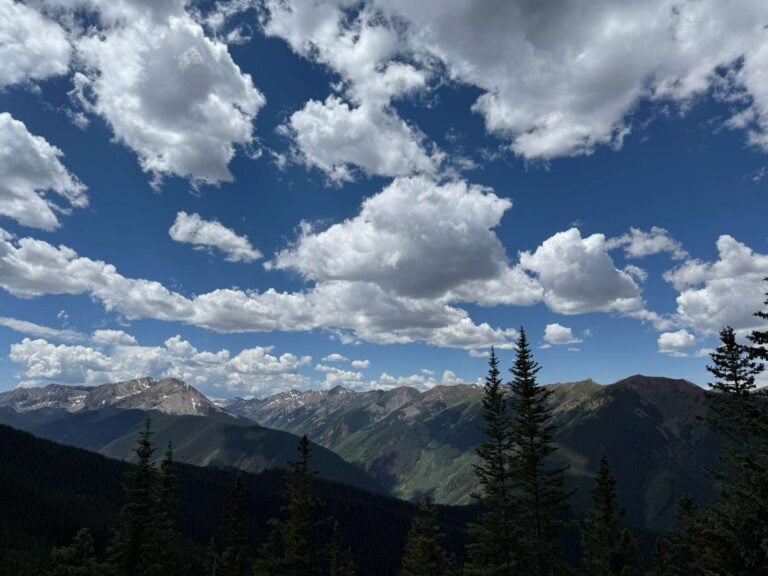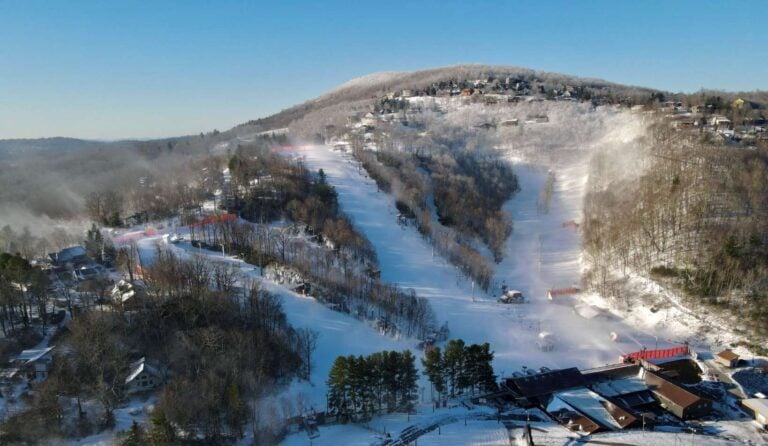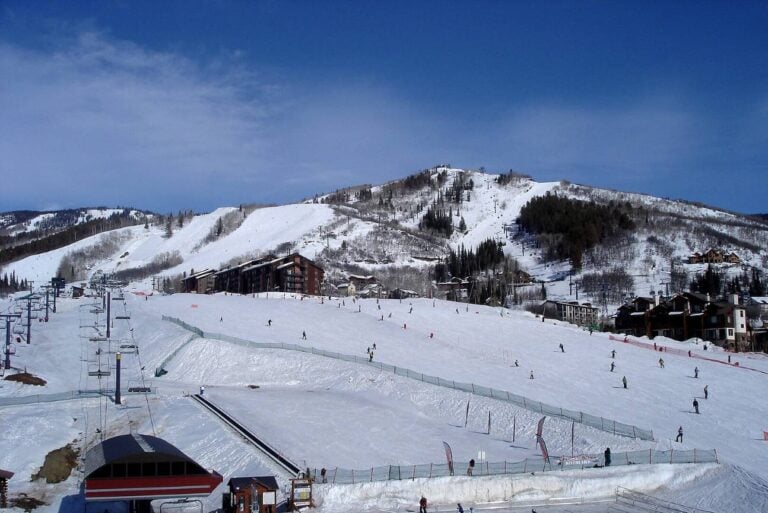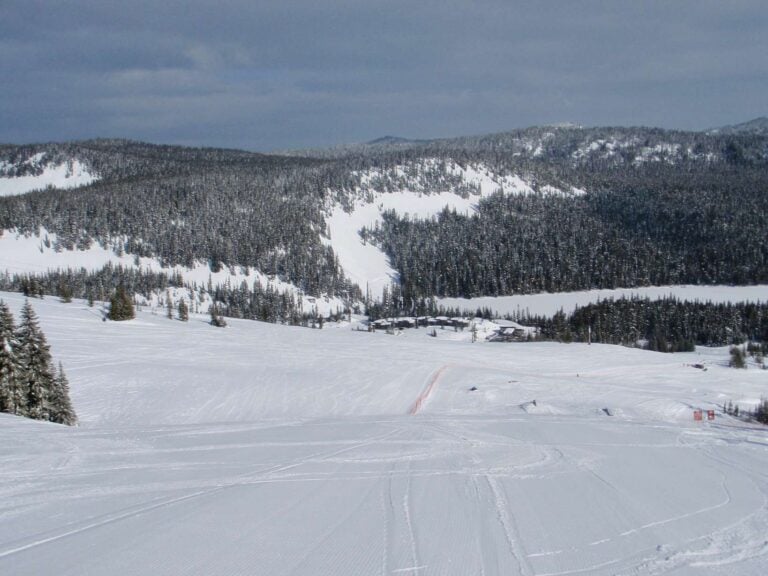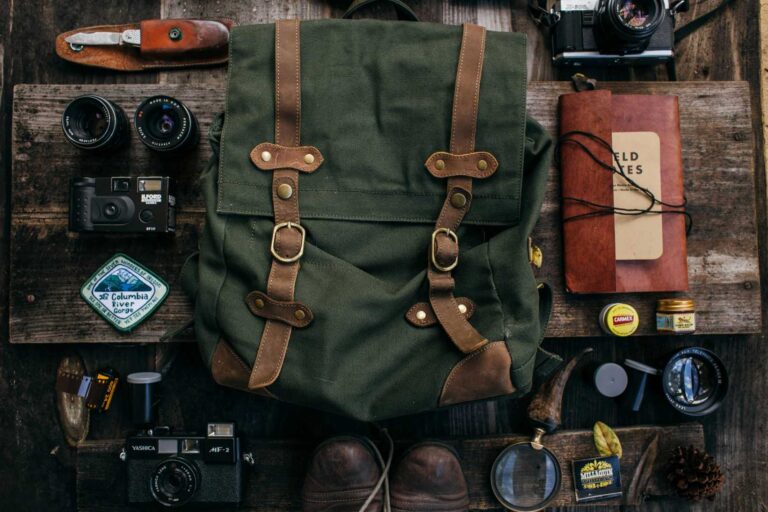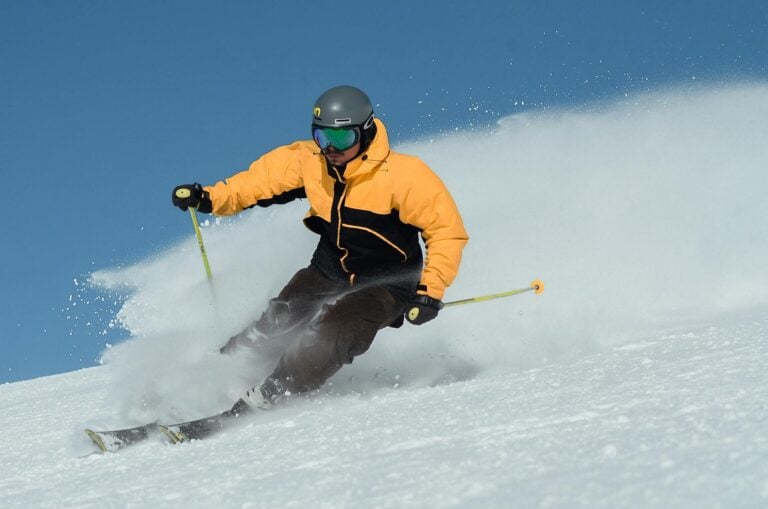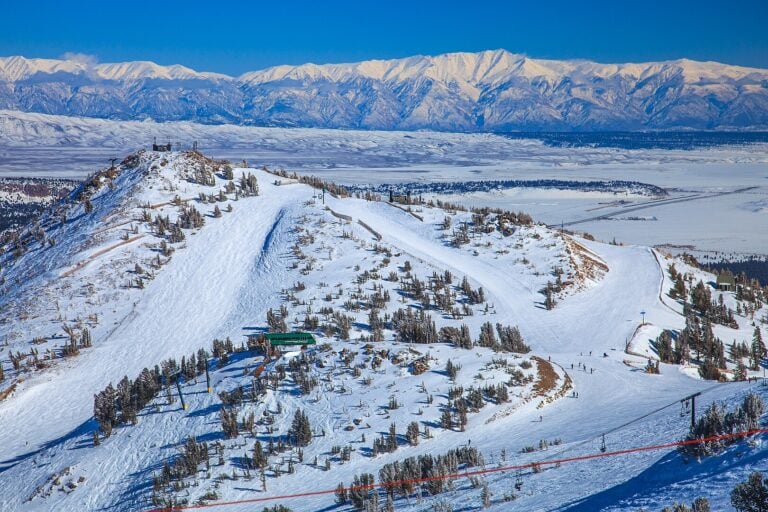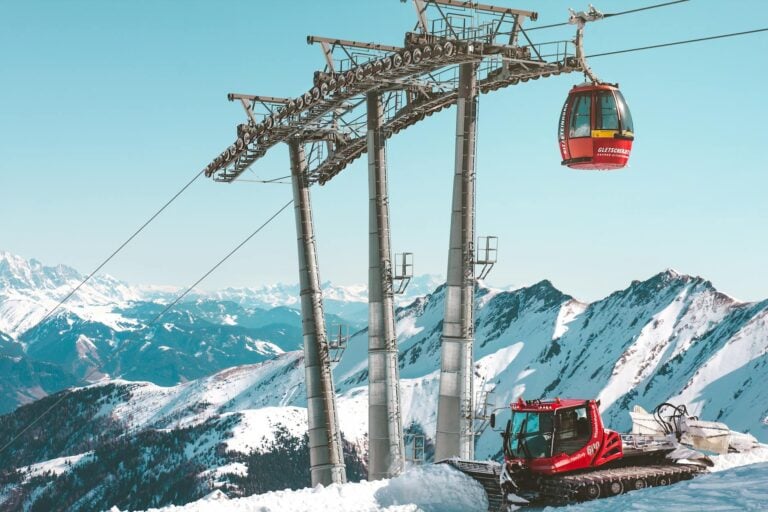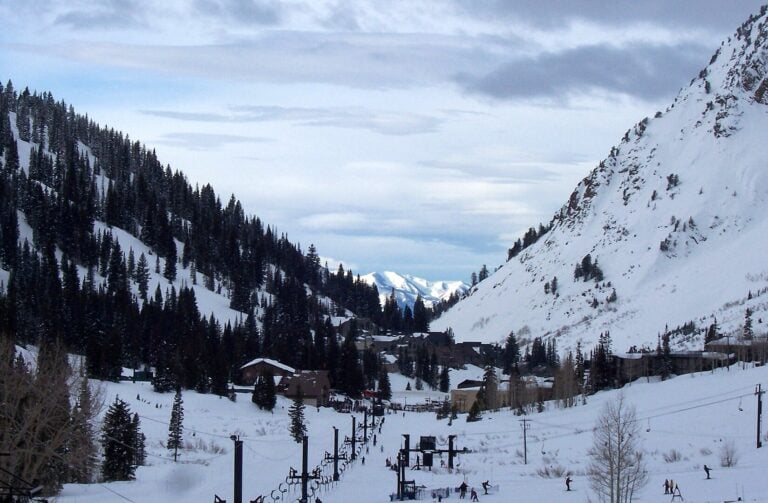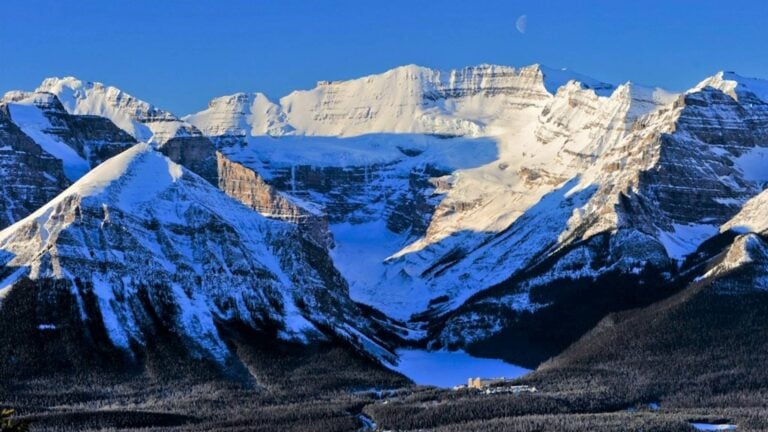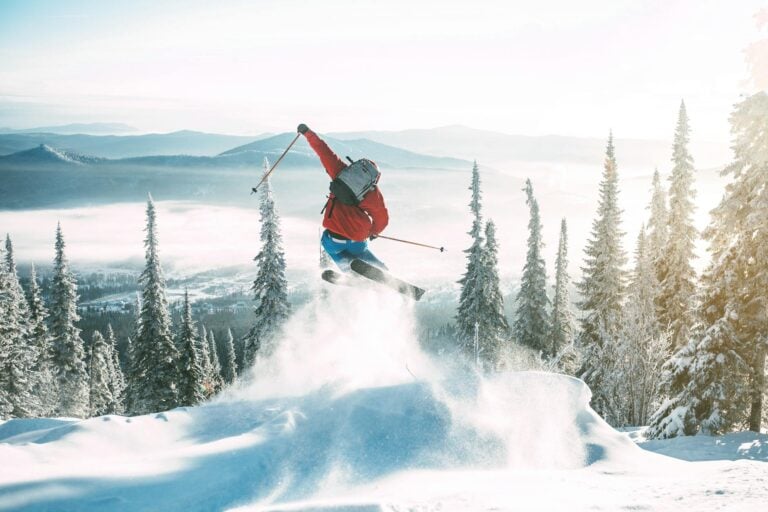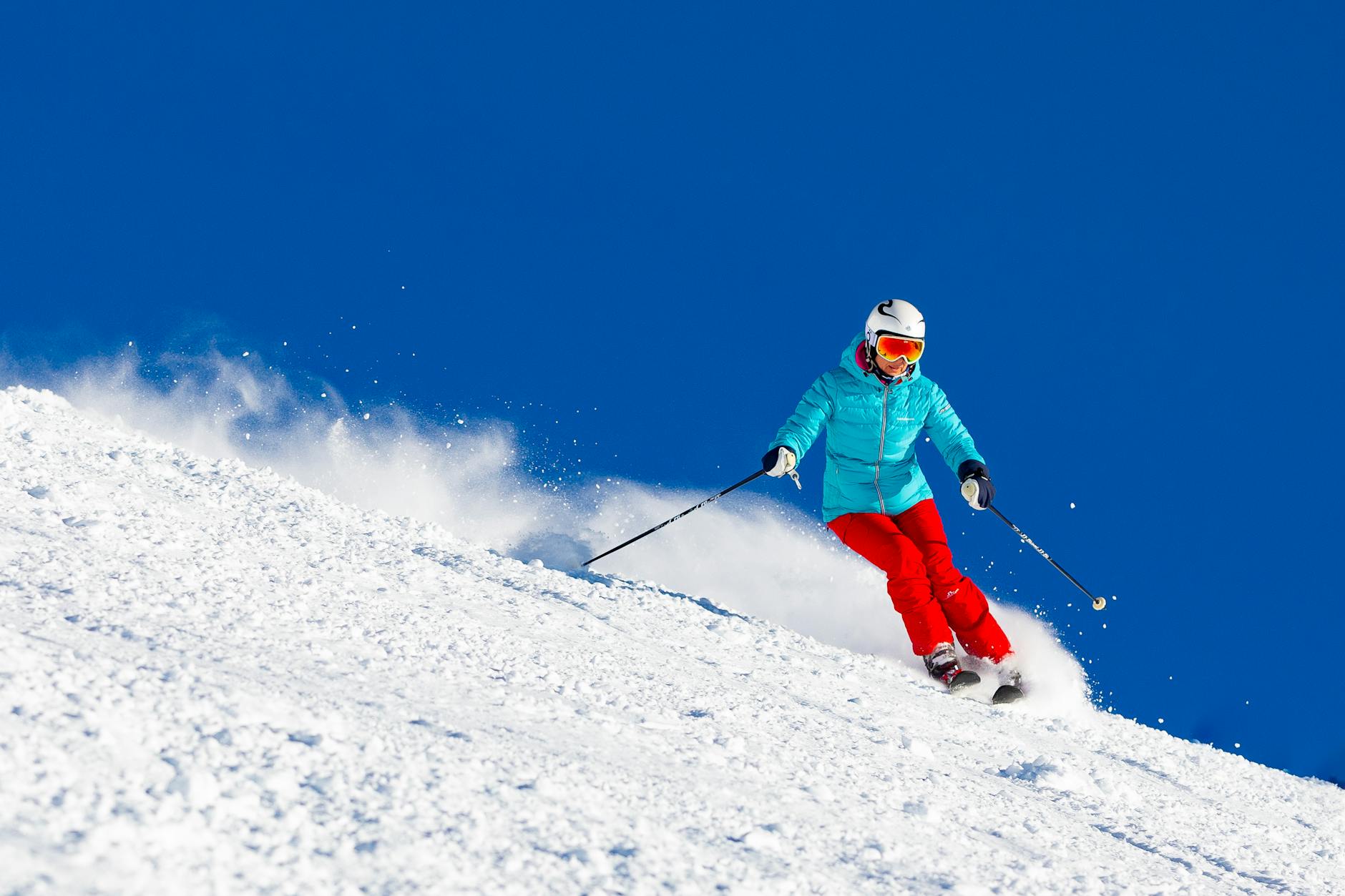
The time period known as après ski allows skiers to relax with their friends while drinking beverages and experiencing the mountain atmosphere. But nailing your après ski clothing makes all the difference. You need clothing that will adapt from mountainous cold temperatures to warm bar environments without causing you to feel either too hot or too cold.
Why Clothing Matters in Après Ski
The French term “Après ski” means “after ski” because it refers to social events that take place after ski lift operations cease. Your clothing serves as a connection between your time spent skiing actively and your time spent relaxing in peace. Good après ski clothing keeps you warm yet comfortable as temperatures drop in the late afternoon.
My personal experience shows that making wrong decisions results in creating unpleasant situations. I have felt my body shiver through wet base layers while sitting at outdoor patios and I have also experienced sweating while wearing heavy jackets inside. The path to achievement requires learning to adjust your approach when dealing with various circumstances. Choose items which can be stacked on top of each other and dry rapidly. This way, you stay stylish and functional.
Think about the setting. The evening temperatures in mountain towns can be quite cold, often dipping low in winter months (source: NOAA), which creates their own unique weather patterns. The body needs breathable fabrics to manage its temperature changes.
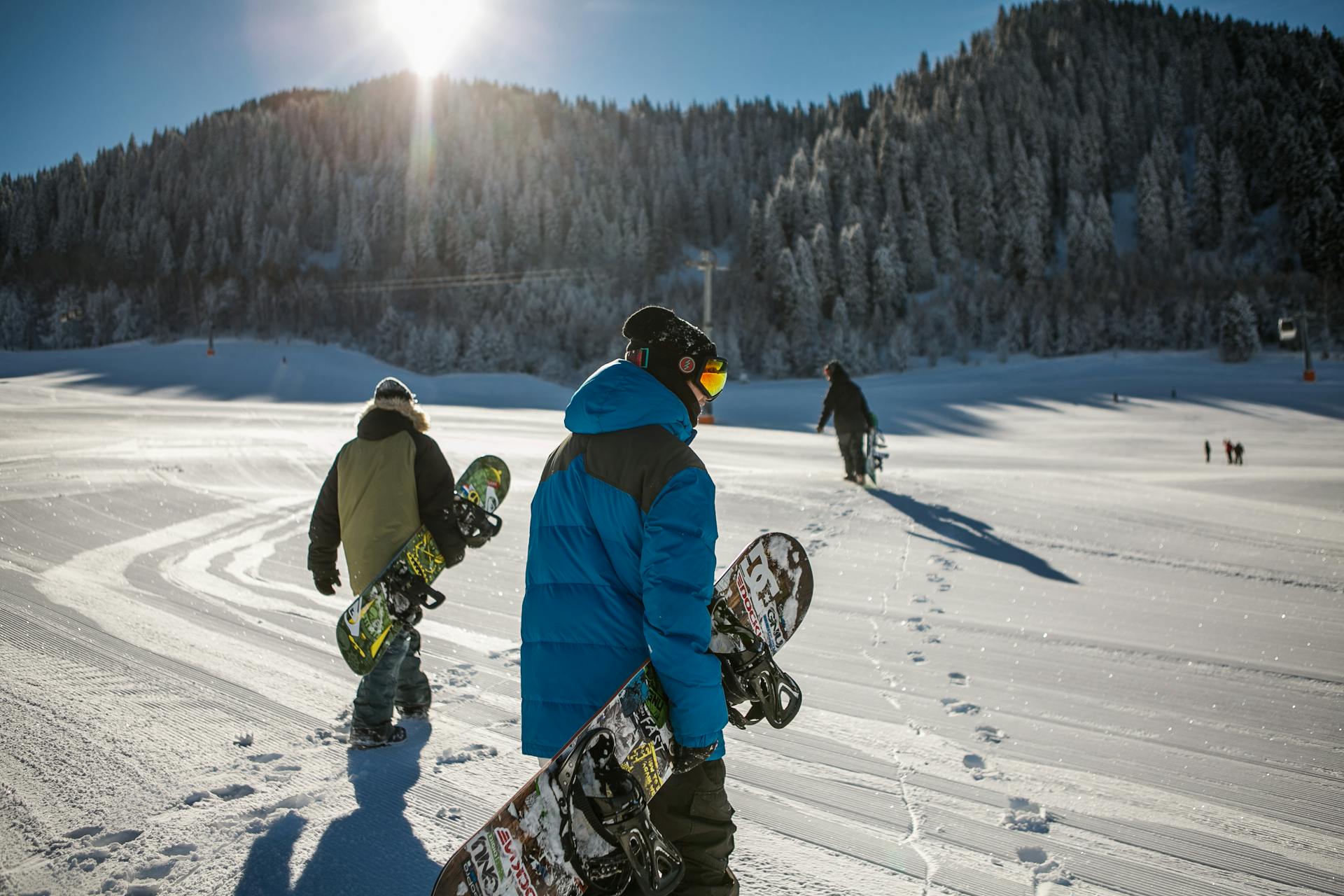
person-wearing-blue-winter-jacket-carrying-snowboard-under-sunny-sky Photo by Visit Almaty
Key Pieces for Après Ski Outfits
Start with essentials that form the base of any good après ski look. The designs provide comfortable solutions which maintain their fashionable appeal.
First, après ski sweaters are a must. The project benefits from using wool and fleece materials because they offer insulation properties and create a mountain-like visual effect. A chunky knit sweater works great over a base layer. I have used merino wool clothing which absorbs sweat while maintaining a soft touch against my skin.
Next, consider pants. You should replace your ski pants with either slim-fit chinos or soft joggers. They offer mobility for walking between venues. Wear thermal leggings under your clothes when the temperature drops below what you consider cold.
Boots are crucial too. Waterproof après boots with good traction prevent slips on icy paths. I choose winter boots with fur lining because they provide me with the most comfortable experience. Cleaning hiking boots tips can help maintain them.
Don’t forget accessories. A beanie or scarf adds fashion value to your appearance while gloves defend your hands from freezing temperatures during outdoor conversations.
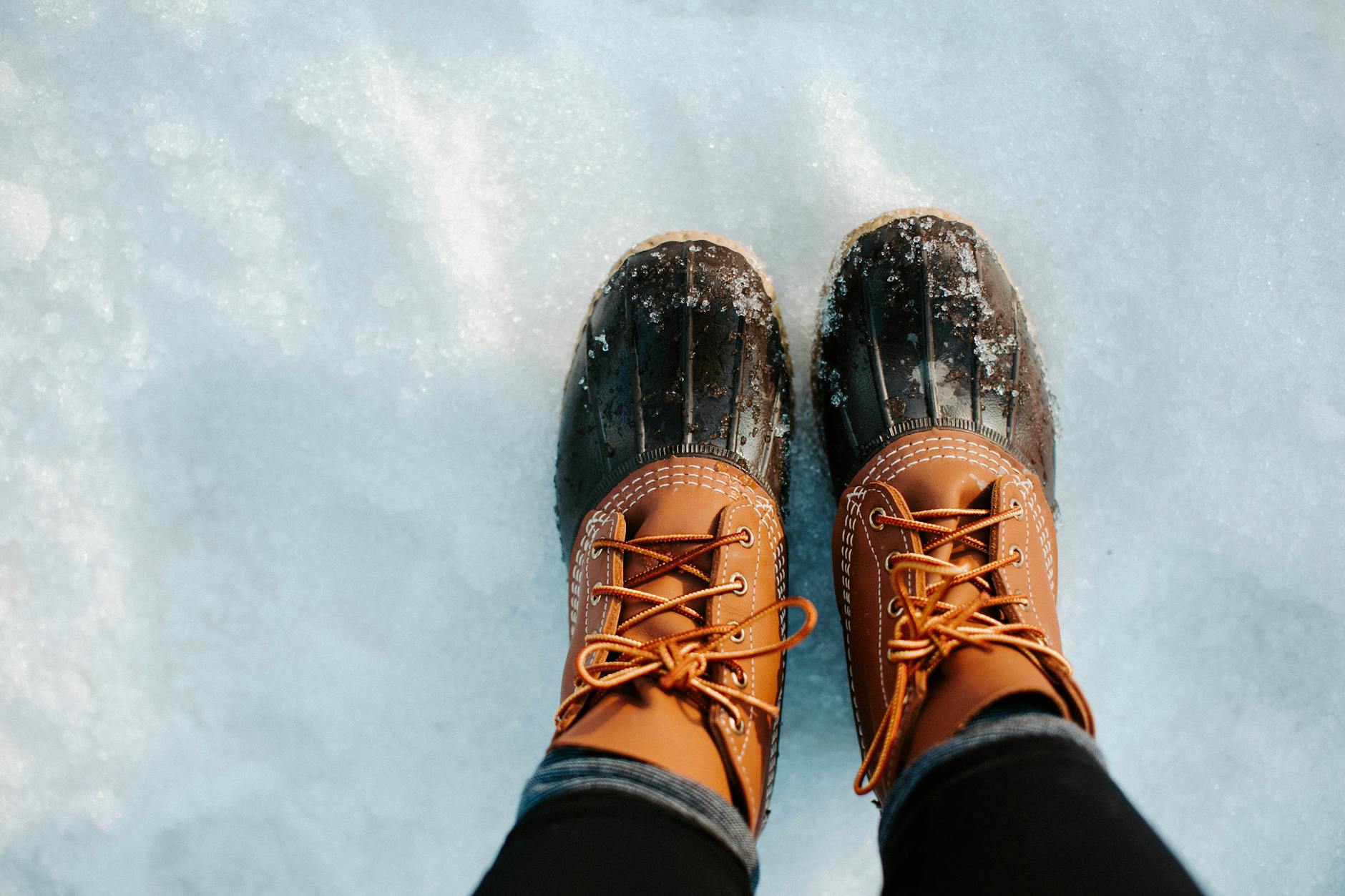
Outfit Comparison Table
| Item | Casual Bar | Upscale Lodge |
|---|---|---|
| Top | Fleece sweater | Cable-knit wool |
| Bottom | Joggers | Tailored pants |
| Footwear | Insulated sneakers | Leather boots |
| Outer | Light vest | Stylish parka |
Dress Code by Venue and Region
Après ski clothing varies by spot. In casual ski town bars, like those in Colorado, jeans and a sweater fit right in. People tend to leave their ski gear partially on by wearing their bibs with the bottom section rolled down.
The upscale lodges located in Alpine regions should have an elevated level of service. Think smart casual: collared shirts under sweaters, with neat boots. Avoid anything too sloppy.
Regional differences matter. European resorts display fashion through modern styles which use vibrant patterns. North American spots require functional designs which need to maintain their durability. During my travels I have observed Vail visitors wearing puffer vests but Chamonix residents choose to wear stylish layers.
Always check the venue. Some places have no specific rules but others require you to remove helmet hair. Etiquette tip: Freshen up if possible to respect the social vibe.
Practical Tips for Packing
Building an après ski wardrobe starts with smart packing. Follow these steps:
- Assess your trip. How many days? What venues? Choose items that serve multiple purposes because they can be combined in different ways.
- Layer wisely. The base layer consists of moisture-wicking shirts followed by insulating sweaters in the middle and windproof jackets as the outermost layer. See more on layer wisely.
- Choose multi-use pieces. A sweater which serves both hiking needs and evening requirements enables you to carry fewer items during your trip.
- Consider care. The choice of wrinkle-resistant fabrics enables travelers to experience improved convenience during their travels. Check care for gear.
- Test outfits beforehand. Wear these in freezing temperatures to detect problems.
Pitfalls to avoid: Overpacking heavy items or forgetting quick-dry socks. People need to wear thick clothing during winter but they should wear light clothing during spring.
Safety note: Dress for the elements. The risk of hypothermia increases when you are not wearing enough clothing after sweating while skiing down slopes (source: CDC). Follow Leave No Trace by not littering gear.
My field notes show that spending money on high-quality après ski clothing leads to positive results. The brand Columbia offers durable products which customers can purchase at budget-friendly rates (source: Columbia). The main objective should be to have fun so choose activities that bring you pleasure.
Tradeoffs come in. Wool provides warmth but it causes skin irritation and synthetic materials offer weight reduction but poor air circulation. Weigh your needs.
For beginners, start simple. One good après ski sweater and versatile pants cover most scenarios. Your toolkit needs to grow in size as your experience level increases.
Local nuances: The number of people at resorts produces heat that makes people need to take off their outer clothing layers. Check regulations too—no open flames near flammable fabrics.
Wrapping up, après ski meaning extends to that perfect blend of fun and comfort. The right clothing choices will lead to your best possible results. Happy skiing!
FAQ
What is the après-ski dress code?
It varies by venue: casual for bars (jeans and sweaters) and smart casual for lodges (collared shirts and neat boots). Always check the spot ahead and freshen up to match the vibe; for example, avoid sloppy looks in upscale places.
What to wear for après ski?
Focus on layers like sweaters, comfortable pants, and waterproof boots for warmth and style after skiing. Start with a moisture-wicking base and add insulating pieces; tip: test outfits in cold weather before your trip.
How does après ski clothing differ from ski gear?
Après ski clothing is more casual and comfortable for socializing, while ski gear prioritizes protection and performance on slopes. Swap bulky pants for joggers; remember to layer for temperature shifts indoors and out.
What are après ski sweaters?
They are cozy, warm sweaters like wool or fleece designs worn for post-ski relaxation in mountain settings. Opt for merino wool for breathability; pair with a base layer for versatile comfort.
Why is layering important in après ski outfits?
Layering helps adjust to changing temperatures from cold outdoors to warm indoors during après ski activities. Use breathable fabrics to avoid overheating; a tip is to include removable items like vests for crowded venues.


